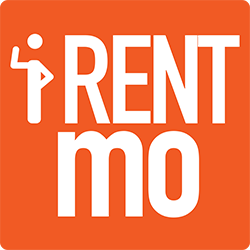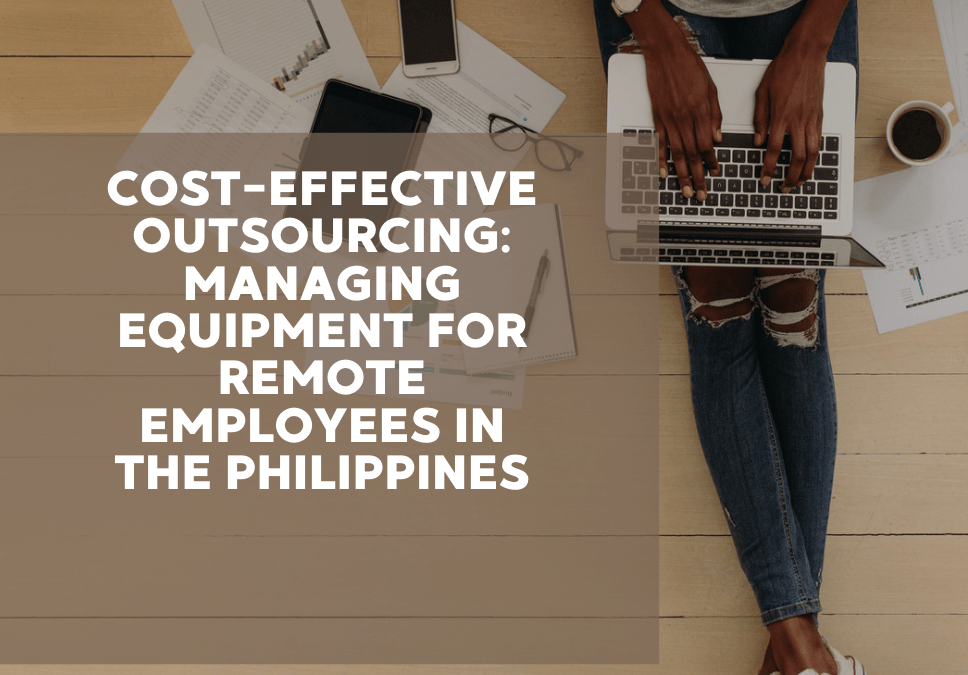The Philippines has emerged as a global outsourcing hub, with a highly skilled and cost-effective workforce attracting businesses from around the world. In this vibrant outsourcing landscape, managing equipment for remote employees is a critical aspect of ensuring productivity and success. This article explores strategies for cost-effective equipment management for your remote team in the Philippines.
The Philippines: A Thriving Outsourcing Destination
In the landscape of global outsourcing, few destinations have risen to prominence as swiftly and impressively as the Philippines. Nestled in Southeast Asia, this nation of islands has evolved into a thriving outsourcing hub, attracting businesses from across the globe. The Philippines’ success in this field is rooted in its unique blend of attributes, including a skilled and cost-effective workforce, linguistic prowess, and a culture that resonates with Western markets. In this article, we delve into the factors that have contributed to the Philippines’ rise as an outsourcing powerhouse.
The Equipment Challenge
For businesses operating with remote teams in the Philippines, providing the necessary equipment poses a unique challenge. Traditionally, equipping remote employees with computers, peripherals, and other technology required substantial capital investment. However, cost-effective solutions and strategies have emerged to address this challenge effectively.
1. Embrace Equipment Rental Services
One of the most cost-effective approaches to equipping remote teams is to partner with equipment rental services. These providers offer a range of equipment, from laptops and desktops to accessories like monitors and headsets, on flexible rental terms. This approach allows you to allocate equipment as needed and avoid the upfront capital expenditure associated with purchasing.
2. Choose Refurbished Equipment
Consider opting for refurbished equipment. Refurbished laptops and peripherals are often significantly more affordable than brand-new counterparts while still offering reliable performance. Ensure that you purchase from reputable vendors that provide warranties and quality assurance.
3. Implement a Bring Your Own Device (BYOD) Policy
A bring your own device (BYOD) policy can be a practical solution, especially for roles that do not require specific hardware or where employees have suitable personal devices. BYOD policies reduce equipment procurement costs while providing flexibility to remote workers.
4. Cloud-Based Solutions
Leverage cloud-based solutions to reduce the reliance on expensive hardware. Cloud computing allows remote employees in the Philippines to access software and data from anywhere, minimizing the need for powerful devices on their end.
5. Prioritize Security
While cost savings are crucial, security should never be compromised. Invest in robust cybersecurity measures to protect sensitive data, including VPNs, firewalls, and data encryption, irrespective of whether employees are in-office or remote.
6. Remote Equipment Management
Implement remote equipment management tools that allow IT teams to monitor, troubleshoot, and update devices remotely. This minimizes the need for on-site support and reduces downtime.
7. Regular Equipment Audits
Conduct regular equipment audits to ensure that assets are properly utilized and maintained. Identifying unused or underutilized equipment can lead to cost savings.
8. Scalability and Flexibility
Equip your remote team with the ability to scale up or down as needed. This scalability ensures that you’re not overprovisioning equipment, optimizing costs over time.
Conclusion
Managing equipment for remote employees in the Philippines need not be a costly endeavor. In the dynamic world of outsourcing in the Philippines, cost-effective equipment management is a key factor in ensuring the success of your remote workforce.

